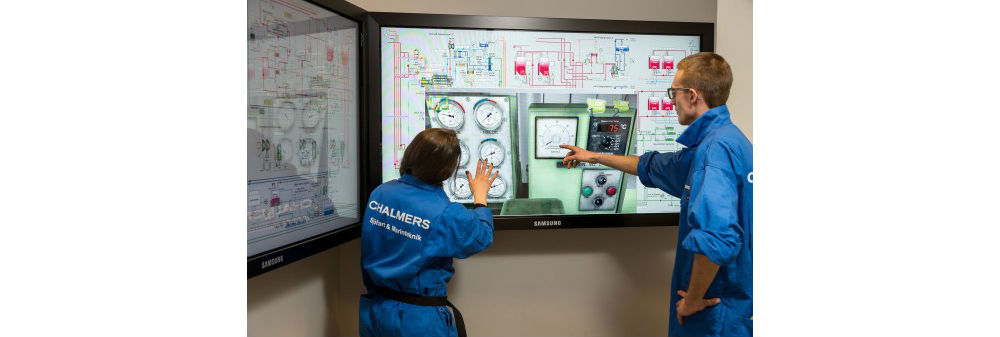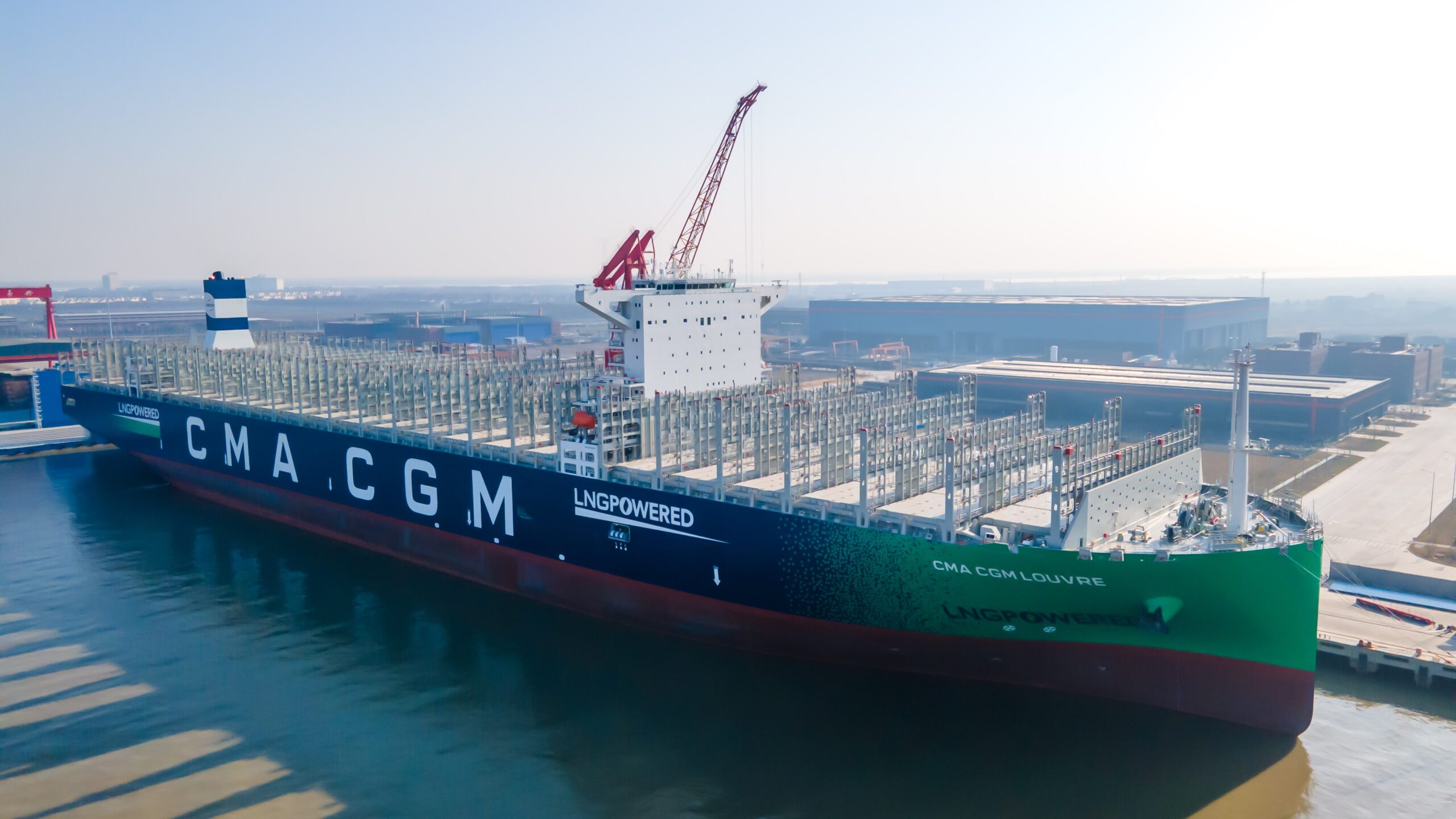Kongsberg Digital, the new KONGSBERG software and maritime simulation technology division, has signed contracts with Sweden’s Chalmers University of Technology, Kalmar Maritime Academy and Linnaeus University that include development of a state-of-the-art LNG (Dual Fuel) Cruise Ferry simulator model for the K-Sim Engine simulator platform.
Handling LNG fuel and other low-flashpoint fuels on ships will become part of maritime training standards in 2017, following IMO’s addition of aspects of the International Code of Safety for Ships using Gases or other Low-flashpoint Fuels (IGF Code), including LNG fuel handling and bunkering, to Standards of Training, Certification and Watch keeping (STCW).
“Our aim is to support the industry to meet new STCW requirements while leveraging the benefits of Dual Fuel engines through high quality training,” said Henrik Pahlm, Lecturer, Chalmers University.
“The new LNG Cruise Ferry simulator model for the K-Sim Engine simulator is the perfect platform to achieve this, as it enables detailed, realistic simulation based on the real engine room configuration. It will give engineers a complete understanding of the complexities, risks and hazards of dual fuel engines, helping them to deliver safe and efficient operations on board,” stated Pahlm.
KONGSBERG’s model will contain the main training aspects for bunkering and operation of a cruise ferry that holds a multiple installation of the Wärtsilä 8L50DF medium speed (four stroke) Dual fuel (LNG) gas and diesel oil, generating power to a High Voltage switch board. It supports in-depth training of LNG-fuelled vessel crews, supporting them to recognise risks and be aware of specific points of attention related to LNG and operation of related systems.
“We’re developing a highly accurate model to enable training for a vessel power configuration that is becoming more commonplace,” said Leif P.Halvorsen, Product Manager, Kongsberg Digital. “In addition to general operation of the engines, the simulator will provide LNG-bunkering operations (shipboard) training in a safe and controlled manner, enabling crews to recognise potential problems and handle emergency situations.”
The new K-Sim Engine model is scheduled to be delivered in Q1 2017, in order to provide readiness for forthcoming regulations.
Image: K-Sim Engine’s BigView system – students exercising at Chalmers University
Ship Efficiency Review News
To contact the reporter responsible for this article, please email editor@fathom-mi.com


































